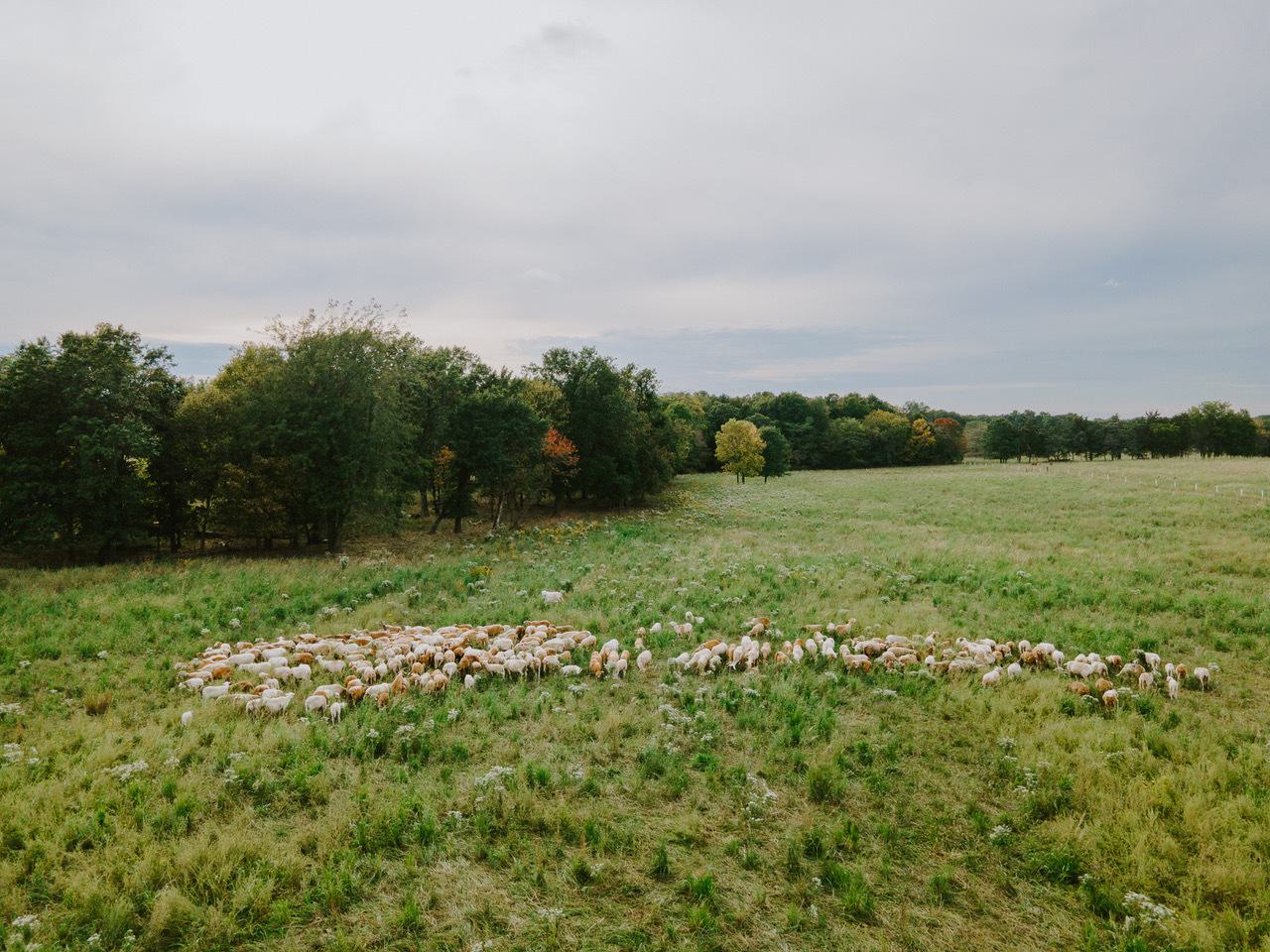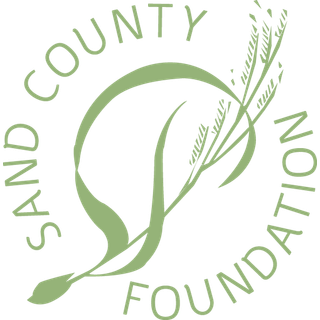A recent audit by the National Audubon Society documented more than 100 species of birds at Cope Grass Farms. As one of just seven Missouri farms to receive Audubon’s “Bird Friendly Beef” certification, an audit at Cope Grass Farms showed a 30 percent increase in bird species in just three years, including the Henslow’s Sparrow, a species in population decline. Harry Cope sees this as a reflection of his farm’s ecological health and part of what it means to steward the land.
Harry established Cope Grass Farms in 1990 to rotationally graze beef cattle, sheep, and hogs. Today, Cope Grass Farm is a partnership with his daughter and marketing director Sabrina Cope. After getting started, Harry planted 350 acres of pastureland with a mix of native grasses and forbs. Today, innovative grazing practices coupled with deep-rooted vegetation keep pastures lush, even during drought.

While others might call them weeds, Harry knows the diverse mix of forbs on his farm also yield pollinators, wildlife, and biodiversity. In addition, multiple species of milkweed provide a sanctuary for beneficial insect pollinators and Monarch butterflies.
Livestock are also grazed on fields of milo and cover crops. Grazing on fields of standing milo during the winter cuts down on labor and the equipment costs of hay production. As one of the principles of soil health, incorporating livestock into cropland benefits both the animal and the next crop to be planted.
Another innovative alternative to growing hay that Harry has perfected is growing nutritious micro-greens for supplemental feed. Barley seeds are placed in six-foot trays and watered for three minutes every hour. After six days, the tray looks like a piece of vibrant green turf. Loaded with nutritious minerals, sugars, and carbohydrates, the cattle love it.
Terraces, grassed waterways, and no-till practices help prevent soil erosion at Cope Grass Farms. Cover crops of sunflowers, turnips, buckwheat, oats, and barley help improve the soil’s ability to cycle nutrients and infiltrate water.
The health and vitality of the 500 acres of woodlands at Cope Grass Farms is also important to Harry and his family. Acorns provide a feed source for pigs in the fall. They are allowed to rotationally graze in the woods but are fitted with nose rings to prevent them from damaging the forest floor. Thinning out certain trees by a certified forester have improved the timber stand and created better habitat for wildlife and bats.
Harry consults with young and beginning farmers on how to manage their grazing systems. He has hosted several field days to promote grazing and is a member of the Missouri Forage and Grassland Council Board.
As a highly effective communicator and educator, Harry is considered by some to be one of Missouri’s best conservation ambassadors. His uncommon ability to engage people from all walks of life allows him to show others how agriculture and conservation can be compatible.
He maintains close relationships with those he rents farmland from by showing them how conservation practices benefit their land. As margins narrowed for beef producers, Harry and Sabrina made the decision to sell beef directly to consumers and show them how their food is raised. He says this type of interaction is how people will come to understand that cattle can thrive in the same fields as quail, meadowlarks, and the Henslow’s Sparrow.
Watch the story of Cope Grass Farms


